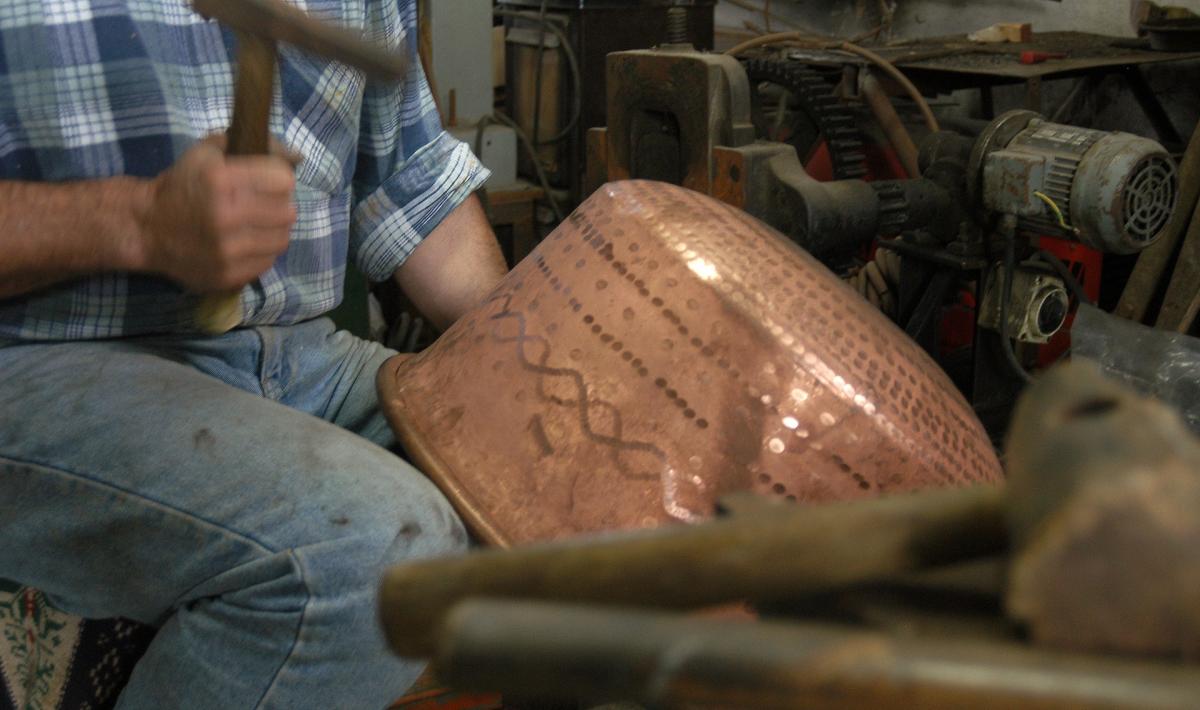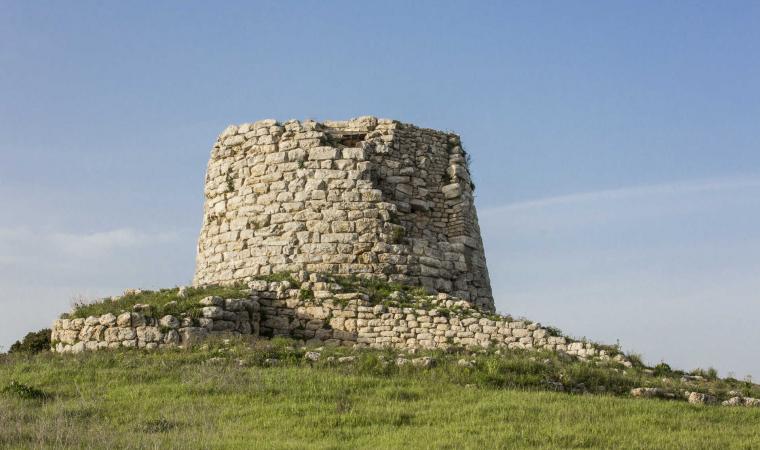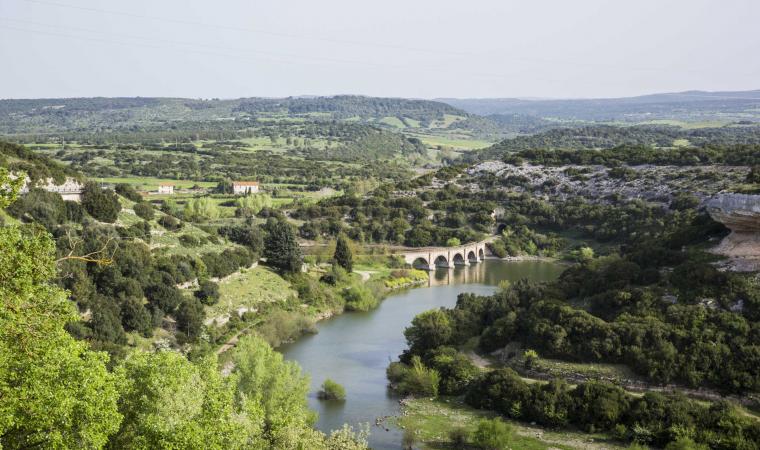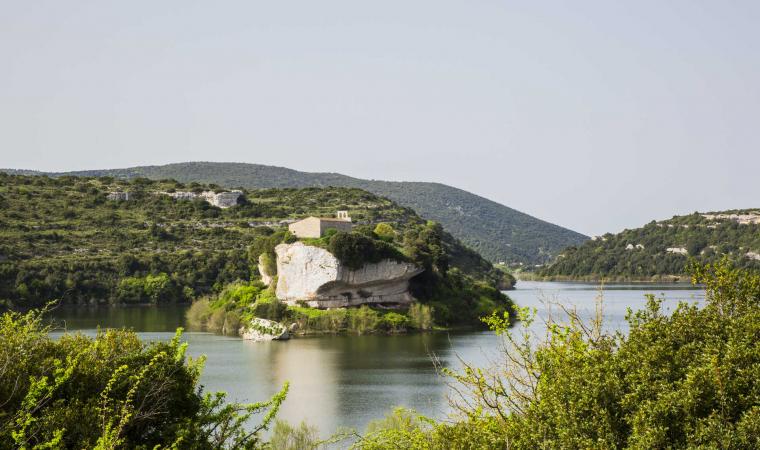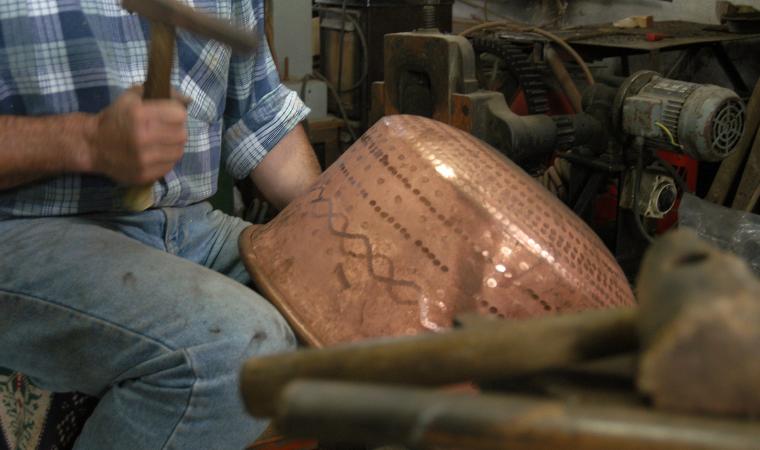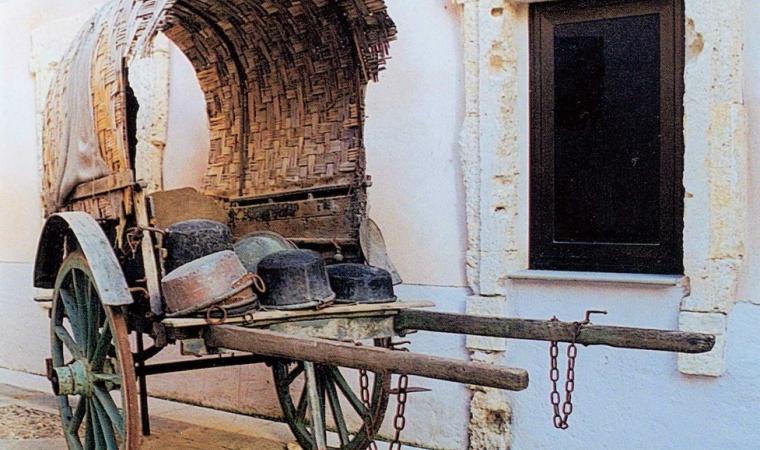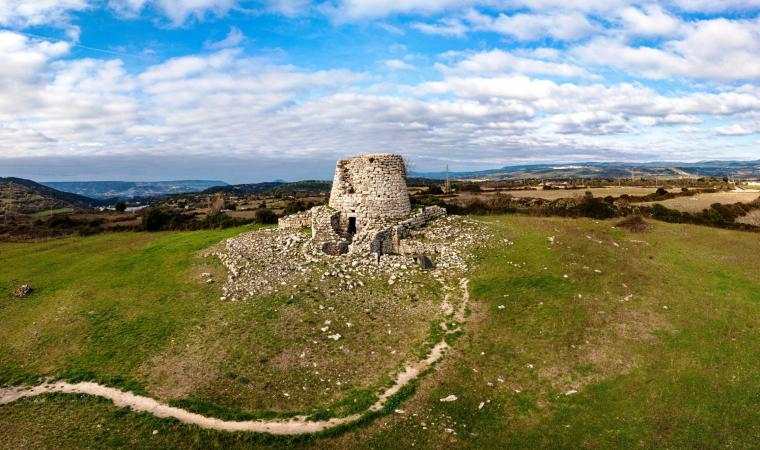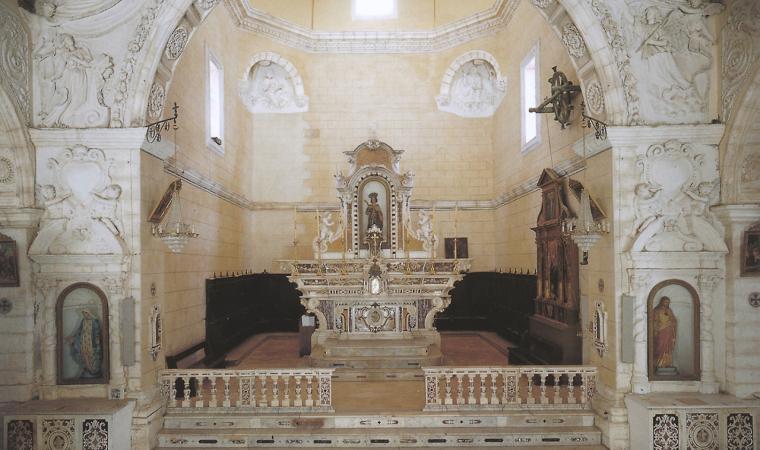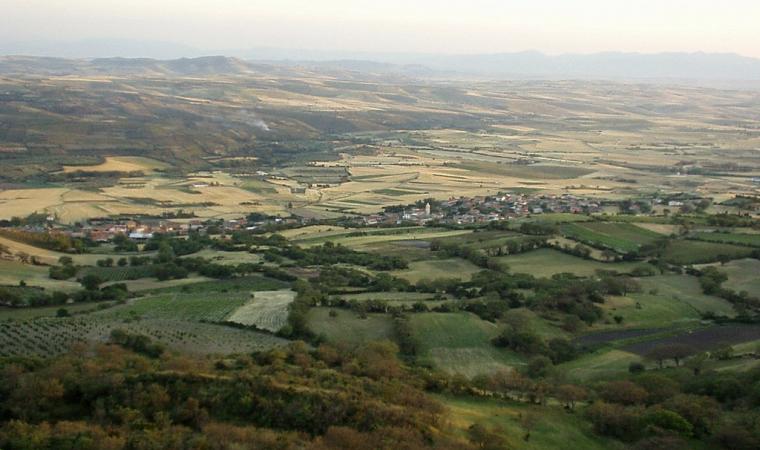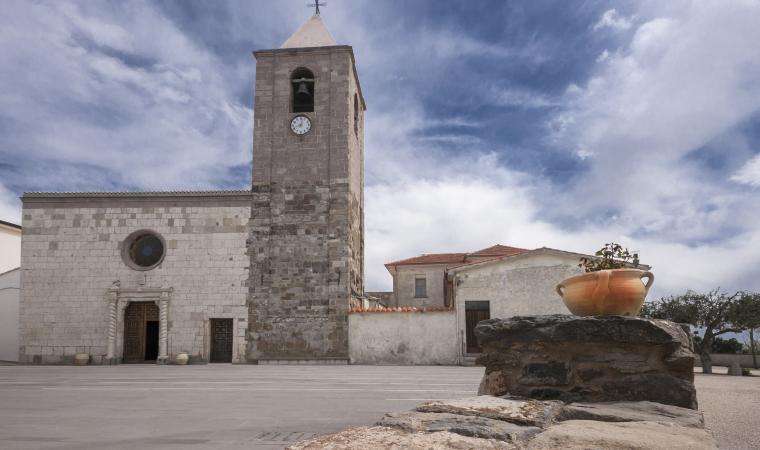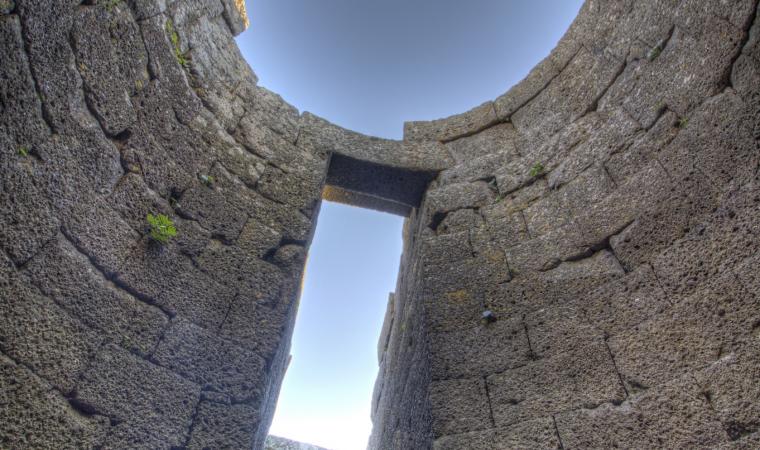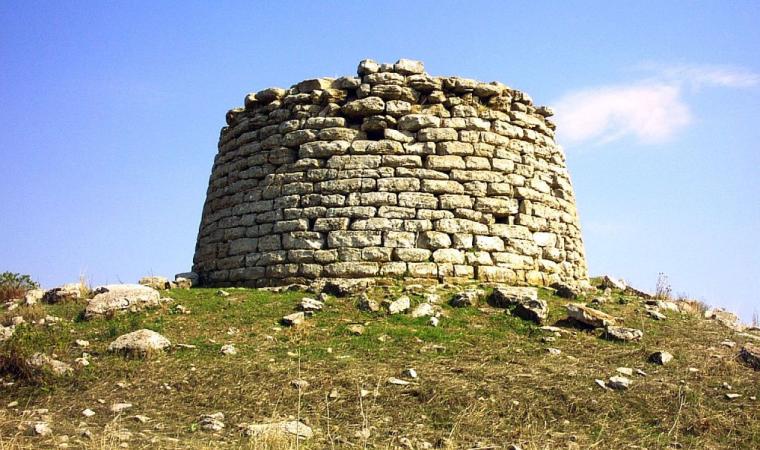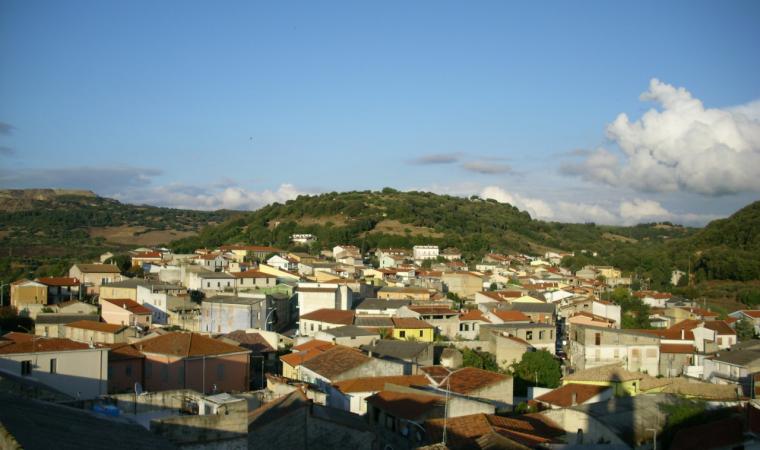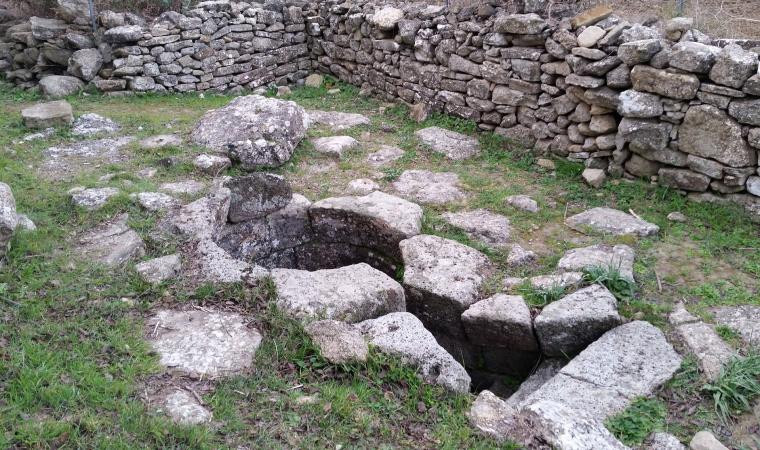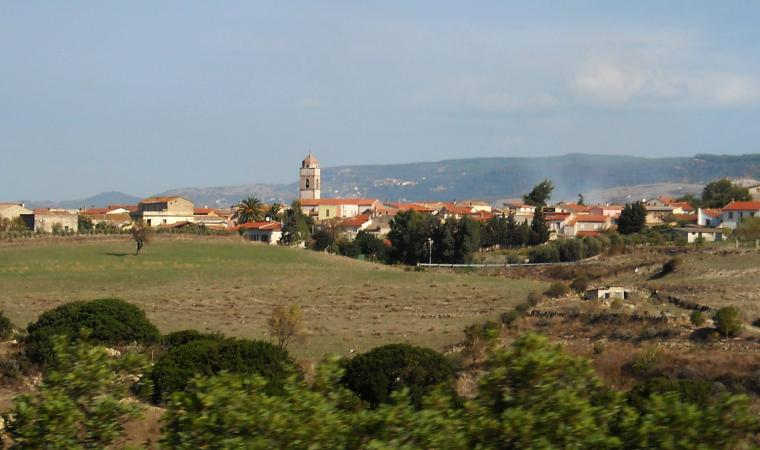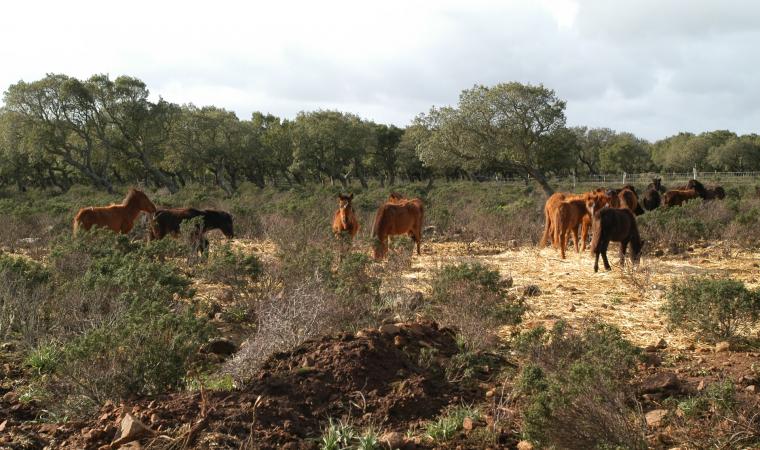Perched at an altitude of some 500 metres, nestled in scenery that includes fertile valleys and gently sloping fields, Isili is a town of less than three thousand inhabitants in the Sarcidano region on the boundary between southern Sardinia and Barbagia. Originally devoted to farming and herds, the town excelled in working copper and for a long time it was Sardinia’s main production centre. This tradition can be seen at the museo dell’Arte del Rame e del Tessuto (copper and textile museum), which displays copper items alongside carpets of all colours, another of the town’s renowned vocations. The houses in town have spacious courtyards and arched gateways, and the centre is home to an important monument of historic and artistic value: the Church of San Giuseppe Calasanzio, who is celebrated in late August. The church was built between 1661 and 1737 by Piarist fathers and dedicated to Sant’Efisio. In the countryside is the XVI century church of sant’Antonio di Fadali, which became active again in the XX century.
Nature and archaeological routes can be enjoyed on foot, horseback or mountain bikes over the areas around Isili, which has been inhabited since Neolithic times, as proven by the stone domus de Janas chamber and menhir. Some 50 sites date to the Bronze Age, including the greatest relic we have of Nuragic civilization: the Is Paras nuraghe. Another place worth visiting is Asusa Park, where you’ll find the eponymous nuraghe. There is also no lack of Roman remains: Bidda beccia (old village) and the village of Biora, beyond the bridge over the riu Brabaciera (II-III century CE). The area’s streams and rivers flow into the is Barroccus damn over Mannu river that gave birth to Lake San Sebastiano, a park where sports of all kinds can be practiced on, in and around the lake: fishing, canoeing, hiking and mountain biking. The island in the middle of the artificial lake is home to a church dedicated to San Sebastiano. Not far from the shore are rock walls and cliffs that are 23 millions of years old. All year round, free climbers flock here from all over Europe to ascend the rock faces and canyons of is Barroccus, which have more than 300 climbing routes of various grades of difficulty. Isili is the starting point of the little Trenino Verde train that runs around the lake and a great way to explore the area, while the old railroad tracks that used to go into the Medio Campidano have been partially converted for use as a cycling trail for mountain bikes. The festivities celebrated here are: the bonfires of Sant’Antonio in Januray, San Isodo in May and San Giovanni Batista in June, featuring a procession in traditional costumes from all over the island.

